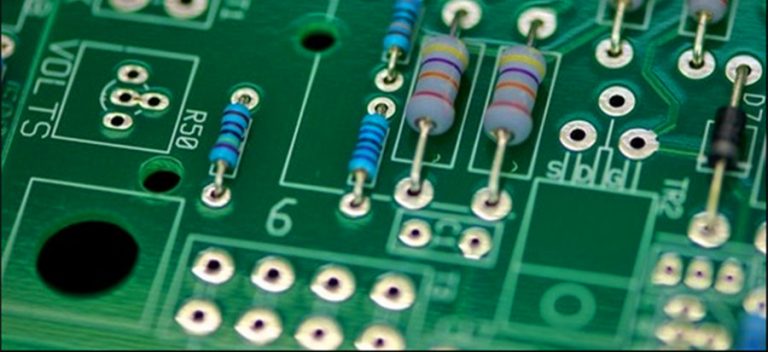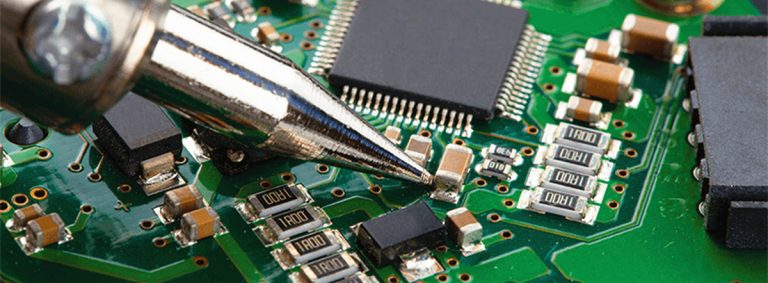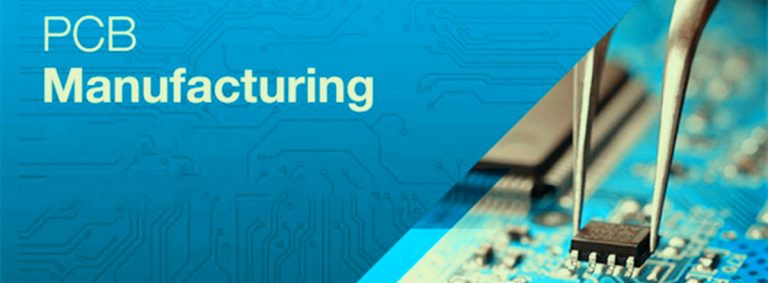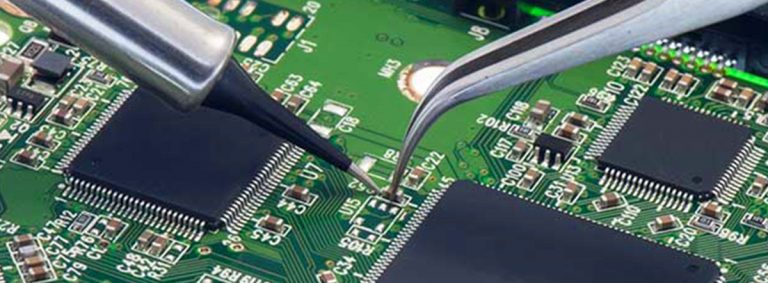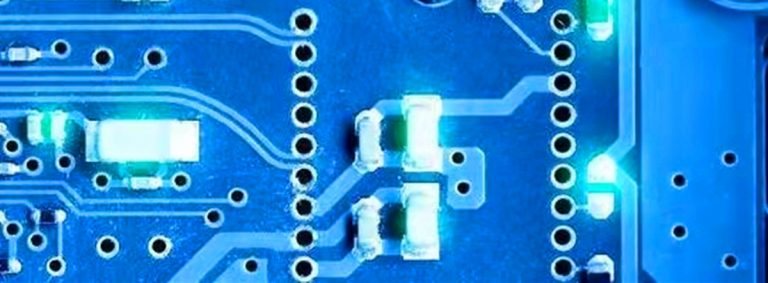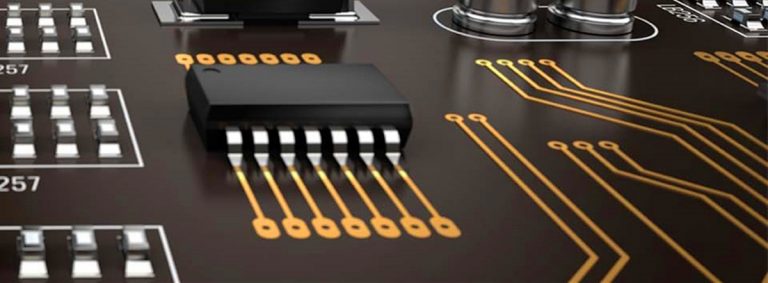What are the Advantages of Multi-layer PCB Circuit Boards

In the realm of electronics, especially in today’s fast-paced world, where devices are becoming smaller, more intricate, and increasingly powerful, the role of the printed circuit board (PCB) cannot be overstated. Among the many types of PCBs available, multi-layer PCB stand out for their remarkable advantages, making them a preferred choice for various applications. In this article, we’ll explore the benefits of multi-layer PCBs and why they are a game-changer in modern electronics.
In daily life, the multi-layer PCB circuit board is currently the most widely used circuit board type, and it can have such an important proportion, which must benefit from the many advantages of multi-layer PCB boards.
Advantages of multi-layer circuit boards:
1. High assembly density, small size, and lightweight, meeting the needs of light and miniaturization of electronic equipment;
2. Due to the high assembly density, the wiring between various components (including components) is reduced, the installation is simple, and the reliability is high;
3. Due to the repeatability and consistency of the graphics, the errors in wiring and assembly are reduced, and the maintenance, debugging and inspection time of the equipment is saved;
4. The number of wiring layers can be increased, thereby increasing design flexibility;
5. A circuit with a certain impedance can be formed, and a high-speed transmission circuit can be formed;
6. Circuit, magnetic circuit shielding layer can be set, and metalcore heat dissipation layer can also be set to meet the needs of special functions such as shielding and heat dissipation.

With the continuous development of electronic technology and the continuous improvement of the requirements for electronic PCB boards in the computer, medical, aviation, and other industries, the circuit board is developing in the direction of shrinking volume, reducing quality, and increasing density. Due to the limitation of available space, single- and double-sided printed boards have been impossible to achieve a further increase in assembly density. Therefore, it is necessary to consider the use of multi-layer circuit boards with a higher number of layers and higher assembly density. Multilayer circuit boards have been widely used in the manufacture of electronic products with their flexible design, stable and reliable electrical performance, and superior economic performance.


